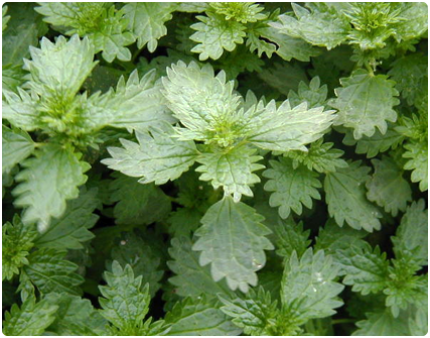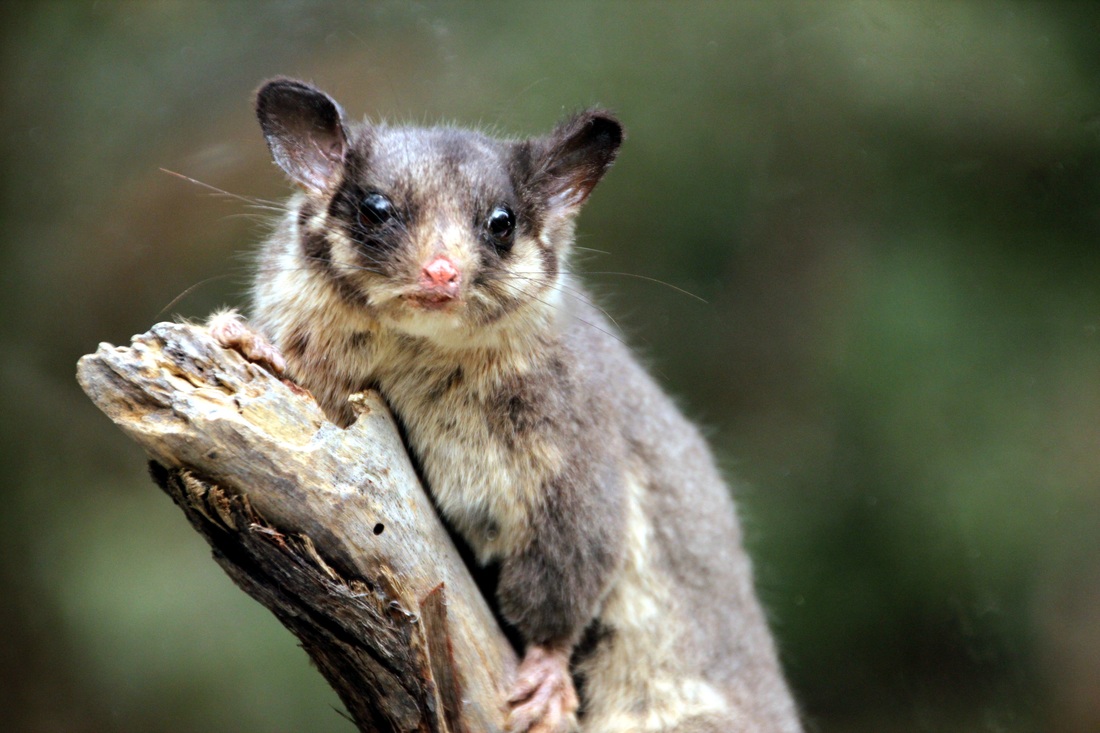and one good reason to put up with themEmerging victorious from blackberry hell, Jemma the ecologist and myself yell out in joy to our fellow team members who are calmly waiting by their truck after a comparatively easy site. My arms are covered in scratches, the hairs that I haven't lost have all gotten a little more grey. It has been...an experience. ‘it wasn’t a walk in the park, but we pushed our way through’ Jemma says ignoring the fact that we were both moments away from resigning ourselves to defeat in the form of gentle tears and the fetal position. ‘Looks like Kyle pushed the way through with his head’ Russ, the English arborist says, pointing out the trickle of blood coming out from under my helmet. Blood that I hadn’t noticed. Turns out, a leech decided to clamp down on my forehead, right under my helmet. Just another occupational hazard. As I’ve mentioned before, one of the projects I’ve undertaken while in Australia is Endangered Species surveys. This is done specifically for one species in particular, the Leadbeater’s Possum, a quaint little marsupial more akin to North American chipmunks than the cat sized possums found throughout Australia. It is also the State emblem of Victoria. So, needless to say, the government wants to preserve it. After all, it’s kind of like what it would be like if the beaver was going extinct in Canada. We couldn’t ignore it.* There are multiple challenges that come along with setting up cameras in the bush. It’s not just Kookaburras, and Lyre Birds singing in the forest. There are horrible nasty things that make me question my sanity for taking a job protecting these adorable little creatures. I’ve managed to highlight the five living challenges that make bush bashing for possum spotting so frustrating… *insert beaver joke here 1. BlackberriesBlackberries and Ironmaidens: They offer comparable levels of psychological trauma Delicious fruits they may be, but blackberries also have their sinister side. Never have I hated an invasive species more than I do now. In the truest sense of the word, they invade the land, covering everything in thorny brambles that make walking almost impossible. Logs are highways in the rainforest environment. Long logs spanning gaps and awkward terrain are a godsend. Not without their risks, they are often much more efficient than pushing a path through blackberry, or leeches, or wire grass etc etc.. A downside is that the abundant slime on them tends to make the logs quite slick after rainfall. When faced with falling off one of these logs on a recent trip (as sometimes happens) I was faced with a choice, right, or left...a decision we'll come back to later. Falling off a log into blackberries can sometimes mean falling into a patch of blackberries five feet high. Which sounds delicious until you consider the fact that all blackberry vines are covered in small thorns that stick in your skin and wrap around your leg. And the juicy blackberries were in season two weeks ago. A machete is preferable to move through this mess, and when they aren't available, well, just push through the vines and hope you don't get cut too much. In some areas, they are so thick it is impossible to see the ground, and upon stepping forward the traveler is brought to the horrible realization that they've set foot in a hole that is covered in vines. This leads to falling in the hole, and being literally surrounded by thorns and vines. This is unfortunately common. Avoiding these becomes the highest priority while searching for the cameras. It's often faster to travel in the low wet gullies. Lush green areas, which although beautiful, are an ideal environment for leeches... 2. LeechesBefore coming to Australia, I had never been bitten by a leech. Despite years of guiding in northern Ontario, and having a particular affinity for backcountry swamps, I had managed to avoid becoming prey to these little bloodsuckers. I even courageously tried to let one bite me to demonstrate for a group of Germans back in 2011, but I lost my nerve as the thought of being bitten terrified me. Not anymore. Oh how my guiding friends back home would laugh to see how the leeches flock to my blood. In Canada I am a magnet for mosquitoes, black flies, and deer flies. To them, I am preferable to any other humans, and it seems, this is also the case for leeches. Countless times I have found them in my hair, under my socks (how they get through three layers of clothing and shoes I have no idea), and under my helmet (see above). The leeches here don’t swim though, like in Canada, instead, they crawl. Like inchworms. It’s almost cute before you realize they’re out to take your lifeforce. Removing them is a challenge as well, since they inject a blood thinner to suck blood more easily, and removing them early means bleeding for hours. That leech under my helmet? Well, after it was crushed, it bled all day, advertising my delicious juices to all the other leeches in the forest. Yum. 3. Stinging NettleRemember the log highways? The logs that are slick after a rain. Well, on the same trip mentioned above, upon walking across a log towards my final camera destination, I slip. It is time for that split second decision: fall on the left, or fall on the right. I have brambles on my right, or what looks like mint on my left. An easy decision. I reach out for the mint as I fall off the log in order to slow my fall. Except, it’s not mint. It’s a species of stinging nettle that we don’t have in Canada. I immediately recognize the stinging nettle not by it’s leaves, but instead by it’s most obvious property, the wonderful jolt my body gives me when it’s reminding me I’ve done something incredibly foolish. And although my fall has come to an end, I am left with the reminder of this wonderful encounter for the rest of the day. All this on the day I left my gloves in the truck, because ‘I won’t need them’ The bright side to this though is that stinging nettle is good for joint pain, and rheumatism. The searing pain is just potent medicine. At least, that's what I have to keep telling myself every time I use my hand for the following two days. 4. Wire GrassThe name says it all. Wire grass (Astrida sp) is very similar to barbed wire, or razor wire. In one direction it is smooth and the opposite it is a serrated hacksaw blade. The cuts don't go deep, but they leave some gnarly scars. In classic Australian fashion, the native wire grass is found in all the places the invasive blackberries are not. To top it off, wire grass grows thick, and usually grows over low lying shrubs, meaning that hiking to camera locations can mean walking under or through a patch of wire grass. Some of these blades find their way tangled against the throat, or arms, acting like a garrote. It helps to pretend that I'm in a spy film as I try to wrestle out of the grip of this persistent plant. Other names for wiregrass are speargrass and needlegrass. 'Nuff said 5. Ants!
Why put up with all this nonsense?This is all for the Leadbeater's Possum (Gymnobelideus leadbeateri)*. Originally thought to be extinct, they were rediscovered in 1959. Since then they've had a precarious relationship with humans. Between the rampant bushfires that have been occurring more frequently in the last 10 years, and logging in their native habitat, the possums don't really have many places to call home. If it weren't for humans forcibly evicting them from their homes, they may be more abundant. Their decline has less to do with ecology and more to do with economy.
So by braving the above horrors, we have the chance at protecting the Leadbeater's from an even greater horror: extinction. It sounds pretty over the top, but it's the truth. Every site that we capture a photo of a possum means 12 hectares of protected land. It's not much, but it's something. *Full disclosure, it's also for a paycheck, though helping these little critters is excellent icing on the cake
2 Comments
|
And here we have...The (mis)adventures of a journeyman arborist trying to put skills to good use. Archives
January 2017
Categories |










